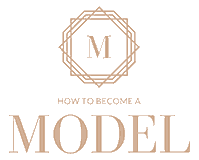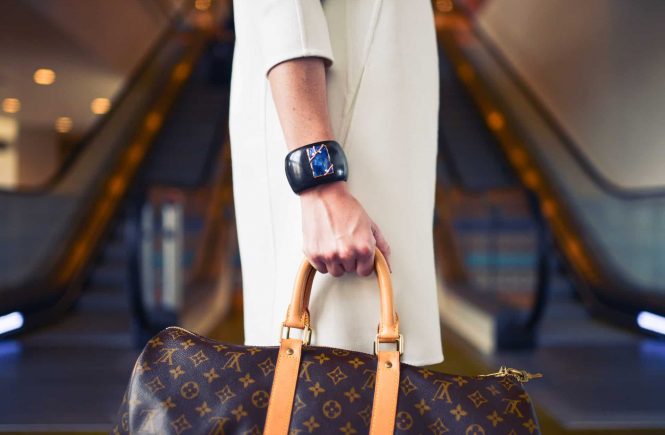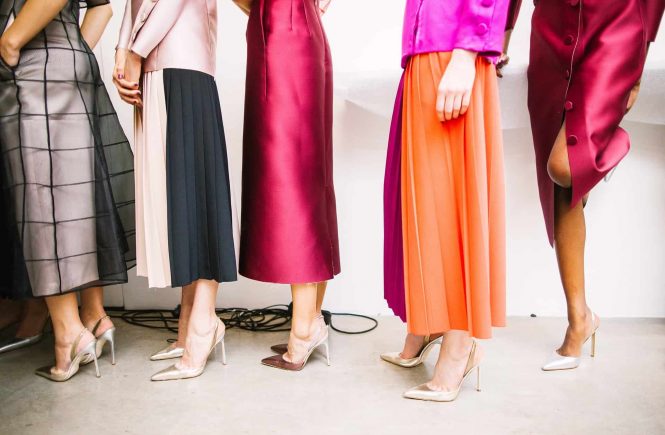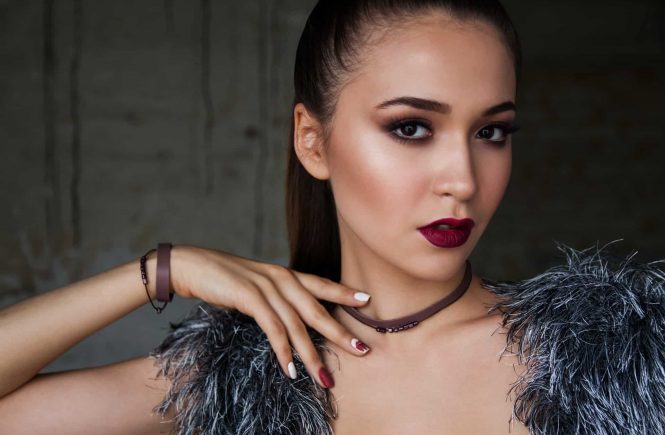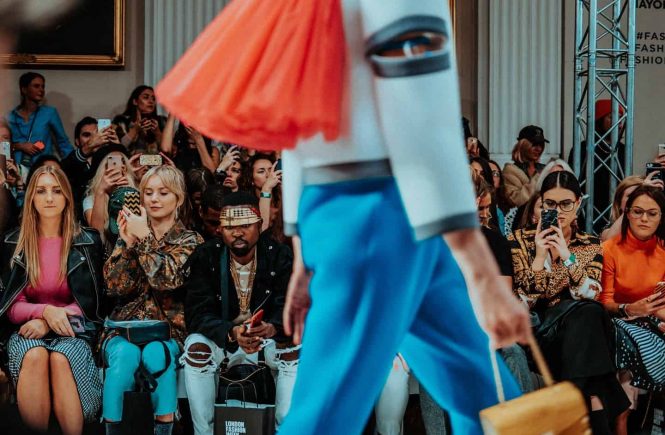So, you’ve booked a couple of modelling jobs. Congratulations! Now, if you’re like most models, you wouldn’t mind booking a few extra jobs too… but how to you get more modelling jobs?
The harsh truth is that the majority of models will struggle to find full time modelling work, or they’ll have another job that will support them with a stable income. If you’d like to book more jobs as a model, you’ll want to:
Keep your photos up to date.
Models with outdated photos or photos that don’t show them at their most attractive and versatile may find themselves losing out on booking jobs. By keeping your model portfolio updated with new and better photos, you’ll look more professional and be a better candidate to potential clients. Remember that your photos can also be used to set you apart from other models so be creative and unique (in a competitive industry like modelling, this is incredibly important!)
Be open to travelling for work.
Working with agencies in outside cities and states is a great way to increase your chance of castings, especially if you’re outside of the major modelling capitals (for instance, if you’re in Perth you may also want to work with agencies in Sydney and Melbourne). Keep in mind, though, that out of state agencies may ask you to travel on occasion but as a model, this comes with the territory so you should be open to the possibility. Consider this an investment in your career! If you book a big job, it may just pay for itself. And on that note…
Work with more than one agency (unless you’ve signed and exclusivity contract).
If there is no exclusivity clause in your contract, you are free to work with multiple agencies and naturally, this will increase your castings and jobs. Be sure not to work with any old agency – still take the time to do your research and pick agencies that are well aligned with your needs.
Keep your schedule open and flexible.
In the modelling world, go-sees, castings, fittings and jobs don’t always work on fixed schedules. So, if you have a second job, be sure to keep your schedule open to accommodate any last minute bookings and commitments that can further your career. Many models have found themselves losing modelling jobs because they had prior commitments or their schedules were inflexible (and in last minute jobs, even if a client thinks you’re the right model for the job… if you can’t make it, they’ll simply move on and pick another model).
Network, network, network!
Start now by establishing strong relationships with clients, photographers, bookers, casting agents and other models… it’s not what you know but who you know! You can also network on social media and model sites such as Model Mayhem by contacting photographers and letting them know that you’re a model looking for opportunities. Not all that you contact will reply… but sometimes if you contact the right person and they recognise your potential, it can be the start of a great opportunity. You have nothing to lose by asking!
So, if you’re a model looking for more modelling jobs – you know what you have to do! Modelling is hard work, ambition and hustle so the more you learn and put yourself out there, the better chance of success that you’ll have.
